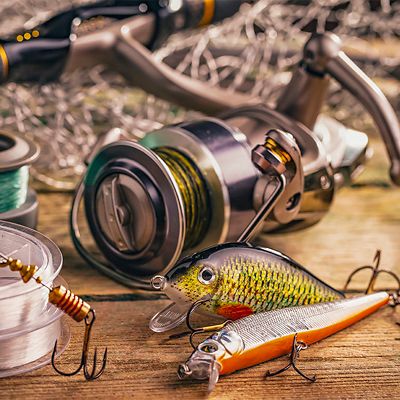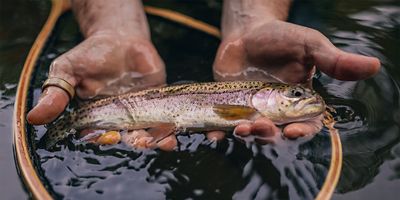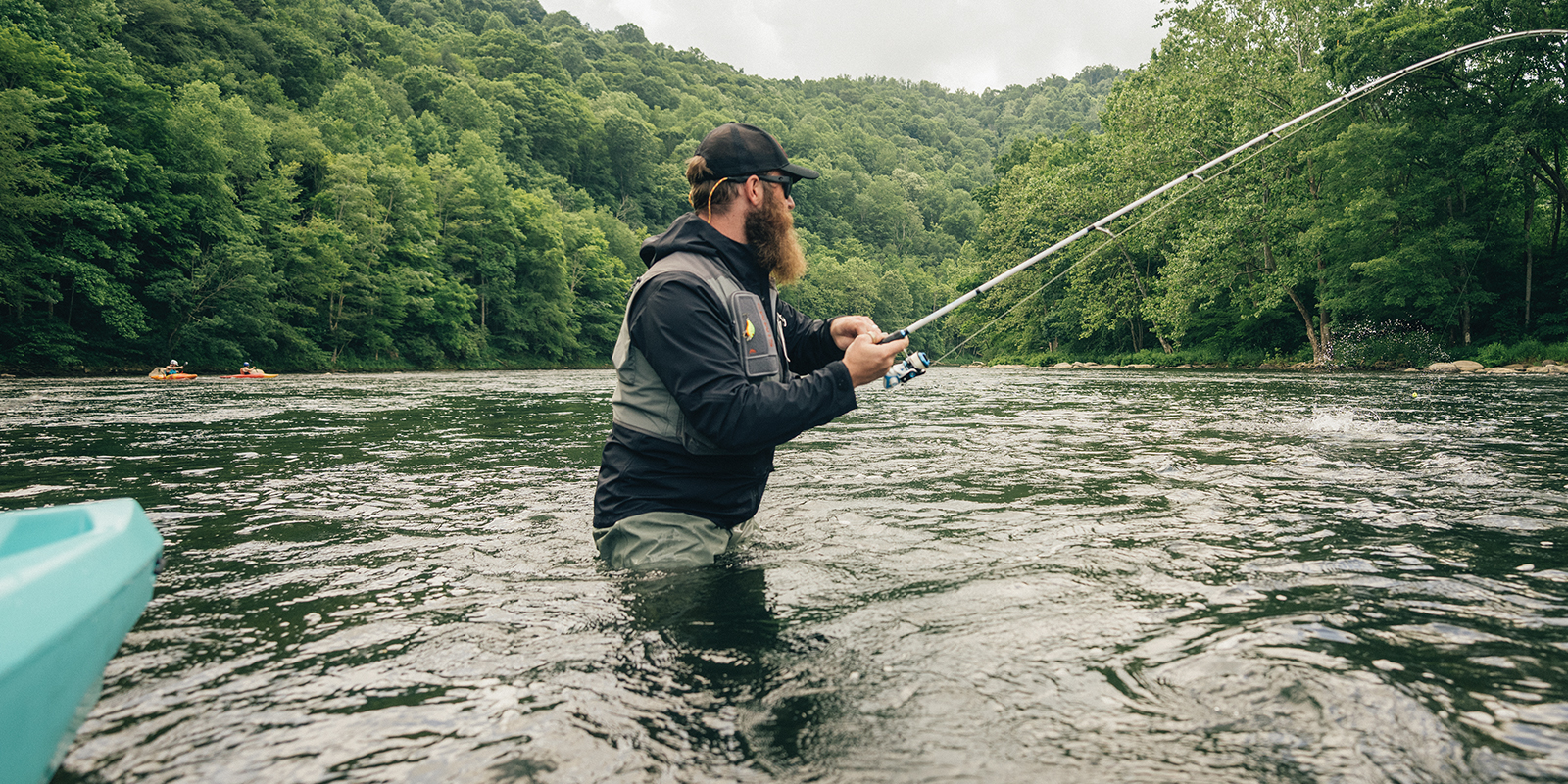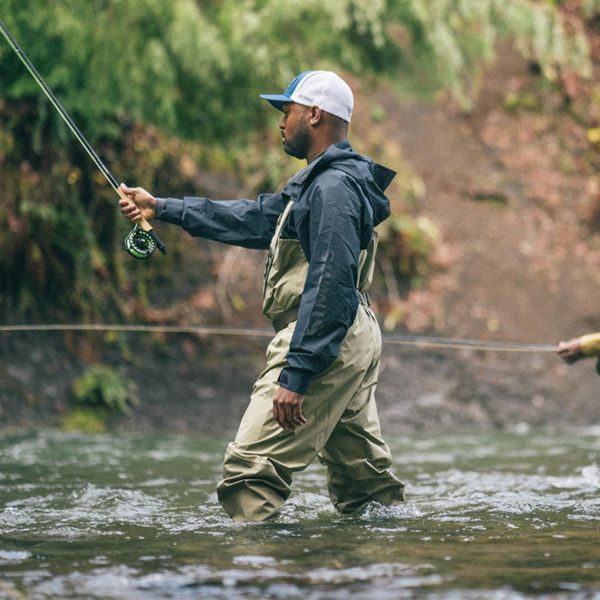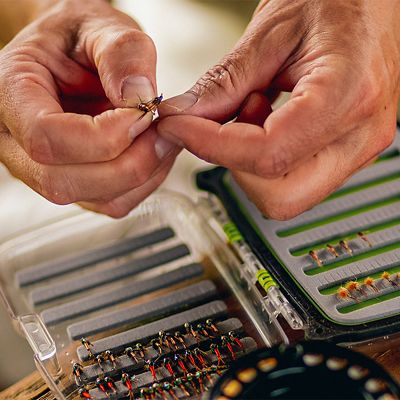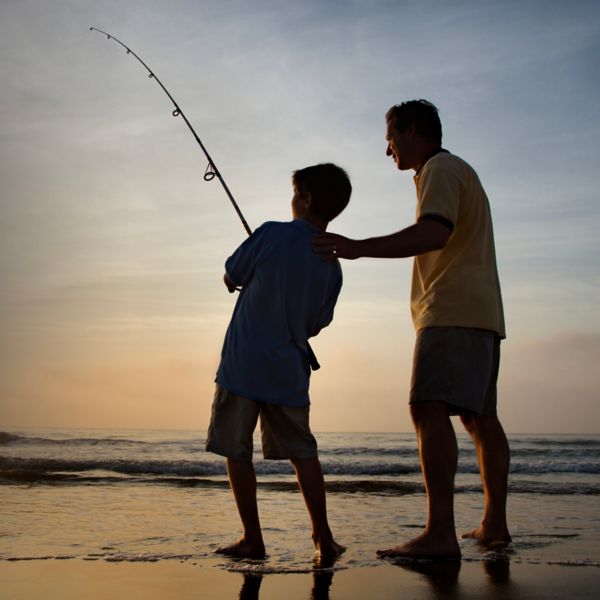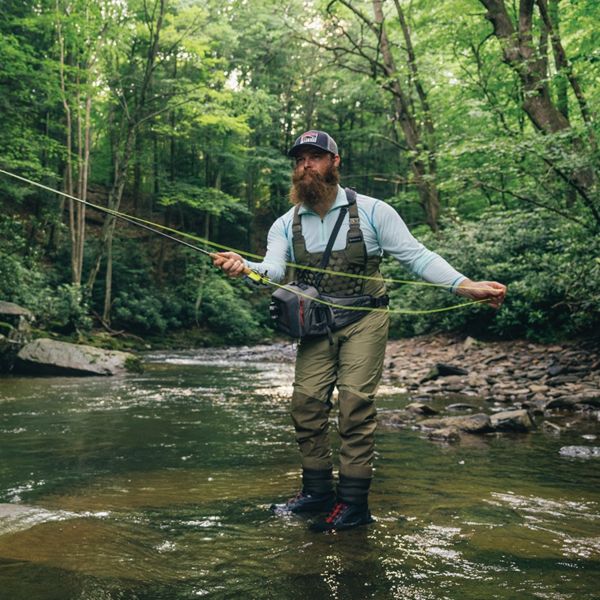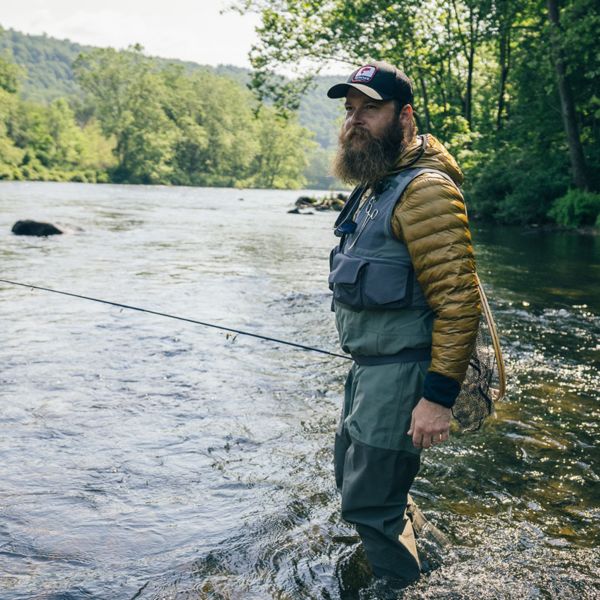Since you made it to this page, we probably don’t have to convince you that fly fishing is one of the best ways to enjoy the outdoors. It’s peaceful, relaxing, and thrilling all at once—no wonder converts become so obsessed. Ready to get started? We’ve created this guide to help you get the fly reel that works for you.
Construction
Cast reels: Most anglers start with this type of reel, for good reason. They’re relatively affordable, perfectly functional, and should last for many seasons. Cast reels are made by filling a mold with molten metal; when it cools, you have the body of the reel. Downside: Compared to machined reels (below), they’re heavier and less durable.
Machined reels: These reels start as a solid block of aluminum, then a CNC machine mills away metal until you are left with the body of the fly reel. This process creates reels that are light, strong, and extremely durable. They promise a lifetime of use and are the top of the line option. No surprise: They are more expensive.
Anodized: This is a finishing process that makes metal more durable and increases corrosion resistance. It can be applied to either type of construction. It’s nice to have for all conditions, but especially useful if you plan to fly fish in saltwater, where rust is a bigger threat.
Weight
Don’t be confused by this term. It’s used to describe rod, reels, and line, and ensures that all three match. So the weight of your reel should match the weight, or size, of the line you’ll use, and the weight of your rod should do the same.
Fly lines come in a variety of sizes/weights. Larger fish require thicker, stronger lines and thus higher weights. The line weight also needs to be appropriate for the fly on the end of your line. It needs to be heavy enough to carry the fly out over the water, but not so heavy that it massively outweighs the fly.
Weights range from 0 to 16 and the gap between each widens as you increase weight. The highest weights are only useful if you’re going after shark or massive saltwater fish. The lower weights are perfect for small fish, while a weight somewhere in the middle will give you great versatility and allow you to fish for a variety of sizes.
A 5-weight for freshwater fishing allows you to fish for most species you'll find in lakes, rivers, and streams, while many saltwater anglers will opt for an 8-weight for larger fish.




